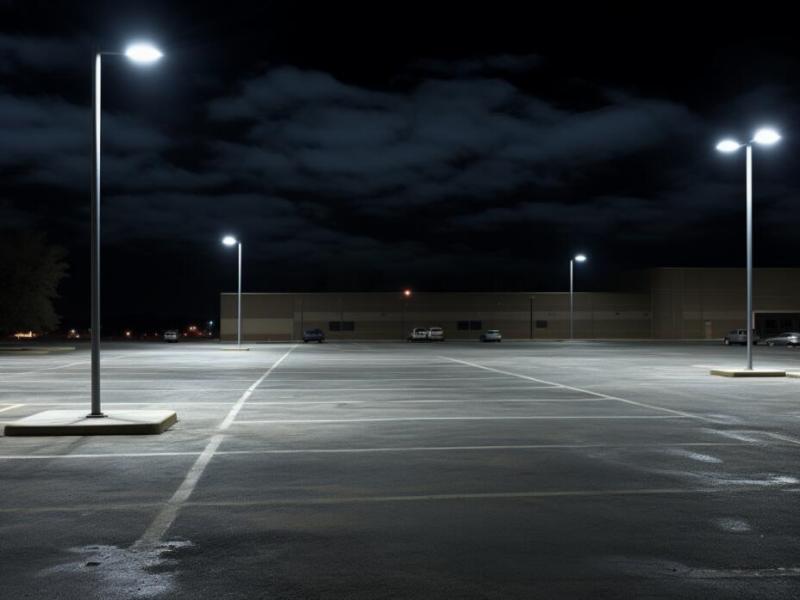Parking lot lighting is an important aspect of ensuring driver and pedestrian safety. From commercial parking lots to residential driveways, proper lighting is critical to creating a bright environment that deters crime and provides visibility for all users. But how exactly is parking lot lighting measured? In this article, we’ll explore the different metrics and standards used to measure lighting in parking lots and understand the importance of proper lighting in these spaces.
One of the most important factors in measuring parking lot lighting is illuminance, which is the amount of light that hits the surface. Illumination is usually measured in footcandles or lux, with one footcandle being approximately 10.764 lux. The Illuminating Engineering Society of North America (IESNA) has developed recommended illumination levels for different types of parking lots based on their use. For example, a commercial parking lot with heavy traffic and pedestrian activity will require higher illumination levels than a residential parking lot with minimal use at night.
In addition to illuminance, uniformity is also an important aspect of parking lot lighting measurement. Uniformity refers to the even distribution of light throughout the parking lot. Poor uniformity can result in shadows and areas of glare, affecting visibility and safety. IESNA recommends minimum uniformity ratios for different types of parking lots to ensure consistent light levels throughout the space.
Another key metric used when measuring parking lot lighting is the color rendering index (CRI). CRI measures how accurately a light source renders the color of an object compared to natural sunlight. The higher the CRI value, the better the color rendering, which is important for accurately identifying objects in a parking lot environment and distinguishing different colors. IESNA recommends a minimum CRI value of 70 for parking lot lighting to ensure adequate color rendering.
In addition to these metrics, it is also important to consider fixture height and spacing when measuring parking lot lighting. The mounting height of luminaires affects the distribution and coverage of light, while the spacing of luminaires determines the overall uniformity of lighting. Properly designed and placed light fixtures are critical to achieving optimal lighting levels and uniformity throughout the parking lot.
Additionally, energy efficiency is a growing concern for parking lot lighting, leading to the adoption of lighting controls and smart technologies that can adjust lighting levels based on usage patterns and ambient light conditions. These technologies not only help reduce energy consumption and operating costs but also help provide more sustainable and environmentally friendly lighting solutions for parking lots.
Properly measuring and maintaining parking lot lighting not only improves safety but also helps enhance the overall aesthetics of the space. The well-lit parking lot creates a welcoming environment for customers, employees, and residents, while also deterring criminal activity and enhancing a sense of security.
In short, parking lot lighting is measured through various indicators such as illuminance, uniformity, color rendering index, and the design and arrangement of lamps. These measurements are critical to ensuring adequate visibility, safety, and security in a parking lot environment. By adhering to industry standards and guidelines, property owners and managers can create well-lit, efficient parking lots that enhance the overall user experience and contribute to a positive, safe community environment.
If you are interested in parking lot lighting, welcome to contact TIANXIANG to read more.
Post time: Jan-25-2024

